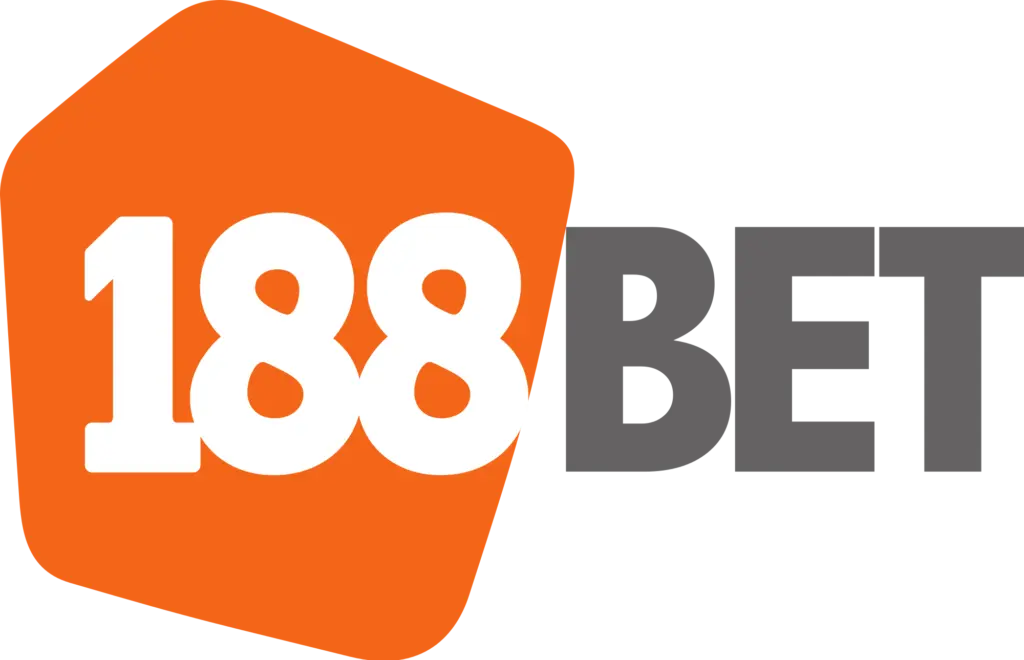188BET 🎖️ Prmovies - Link Vào Nhà Cái 188 BET Chính thức 188bet.com
188BET là nhà cái hàng đầu trong lĩnh vực cá cược trực tuyến tại Việt Nam, nổi bật với danh mục sản phẩm đa dạng như: Live casino, Thể thao trực tuyến, sổ xố, đá gà,… Nhà cái có tỷ lệ kèo hấp dẫn, dịch vụ khách hàng chuyên nghiệp và hệ thống bảo mật thông tin tối ưu. Chúng tôi cung cấp thông tin cập nhật về cách tìm link vào 188 BET mới nhất.
Truy cập link vào nhà cái 188BET mới nhất: https://prmovies.in.net/













